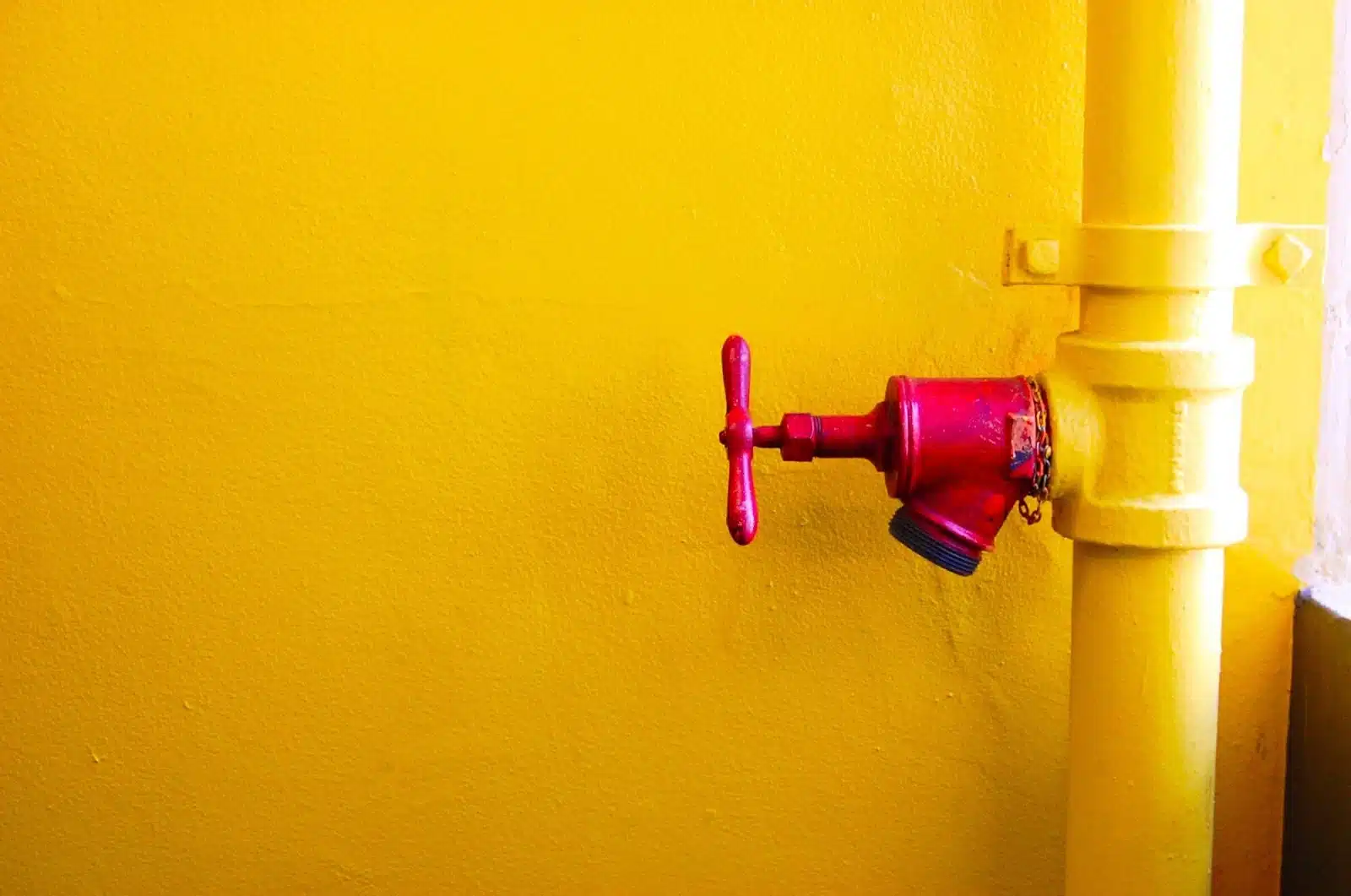Pipelines are often touted as the safest and most efficient way to transport oil, gas, and other resources across long distances. But like any system, they are not immune to problems. When issues arise with a pipeline, you must address them quickly and efficiently before they escalate into larger and more dangerous situations.
In some cases, pipeline issues can be resolved by the company or team responsible for their maintenance. But in other instances, it may be necessary to call in specialists who have specific expertise in pipeline maintenance and repair. Let’s take a closer look at the signs that indicate it’s time to bring in the specialists.
Spills or leaks
In terms of pipeline safety, spills or leaks are one of the most obvious signs that there is a problem that needs attention. These incidents can occur due to a variety of reasons, including corrosion, external damage, or malfunctions within the pipeline itself. Whatever the cause, the impact on the environment and communities nearby can be significant, making it essential to get quality pipeline inspections on a regular basis. Thanks to the help of a professional inspection team, you can ensure that your pipelines are well-maintained and functioning correctly.
Drop in pressure
Pressure drops along a pipeline can be a cause for concern as they often indicate a problem with the pipeline’s structural integrity. From cracks in the pipeline wall to blockages caused by debris, there are a number of factors that can lead to a sudden drop in pressure.
While this issue may seem like a minor inconvenience, it is important to address it as quickly as possible to avoid potentially catastrophic consequences. If left untreated, a drop in pressure can quickly turn into a pipeline rupture or other serious problems. Keep an eye out for any sudden drops in pressure along your pipeline and address them promptly by calling in specialists.
Unusual noises
Pipelines are intricate systems that require constant vigilance to ensure safe and efficient operation. A critical aspect of pipeline maintenance is being able to recognize unusual sounds that may indicate a problem. These sounds can come in various forms, ranging from whistling to hissing, clanking, or rumbling noises.
Pipeline operators and maintenance teams are trained to identify and investigate these sounds promptly to address any potential issues that may arise. Once again, it is important to have regular inspections performed by specialists to catch any problems that may not be immediately apparent.
Changes in flow rate
When the flow rate unexpectedly changes, it is a sign that something needs investigating. Changes in flow rate could be a result of factors such as damage to the pipeline, blockages, or other issues that may require specialized knowledge and equipment to resolve.
If you monitor the flow rate consistently and address any changes promptly, you can avoid further complications and ensure the safe transport of resources through your pipelines. Regular inspections can catch any potential issues before they become major problems and keep your pipelines functioning at their best.
Visual abnormalities
Pipelines serve as vital links for transporting oil, gas, and other essential resources across the country. However, these pipelines are not immune to leaks or spills. In addition to these visible signs, there are other visual abnormalities that may suggest an underlying issue, including the following:
- Changes in vegetation along the pipeline route
- Dead or dying plants near the pipeline
- Cracks or damage to the surface above the pipeline
- Discolored soil or water near the pipeline
These visual clues may not always indicate a problem, but they are worth investigating further to ensure the safety and integrity of your pipelines. Specialists can use advanced techniques such as aerial surveys and infrared technology to detect any abnormalities that may not be visible to the naked eye.
Unexplained Increases in Maintenance Costs
An often-overlooked indication of underlying pipeline issues is a sudden and unexplained increase in maintenance costs. When expenses associated with pipeline upkeep begin to rise without clear justification, such as increased labor hours, repair work, or part replacements, it may point to systemic issues within the pipeline’s infrastructure.
These cost anomalies can suggest everything from small persistent leaks to inefficiencies in pipeline operations. Enlisting the help of specialists can lead to a comprehensive analysis and correction plan that addresses these hidden concerns before they exacerbate and incur even greater costs.
Image source: https://unsplash.com/photos/pipes-are-lined-up-in-the-middle-of-a-field-1rZG5sCtCrg
Pipeline maintenance is not just about regular check-ups, but about vigilance, responsibility, and the understanding that the early detection of problems is crucial in preventing disasters. Specialists with the right expertise and state-of-the-art equipment are vital assets in ensuring the longevity and reliability of your pipeline infrastructure.
If you stay alert to these key indicators and promptly address them with professional assistance, you safeguard the environment and the communities that depend on the safe operation of these pipelines. The cost of prevention is always minimal compared to the cost of repair or, worse, the cost of a catastrophe.
Lucas Noah, armed with a Bachelor’s degree in Information & Technology, stands as a prominent figure in the realm of tech journalism. Currently holding the position of Senior Admin, Lucas contributes his expertise to two esteemed companies: OceanaExpress LLC and CreativeOutrank LLC. His... Read more
